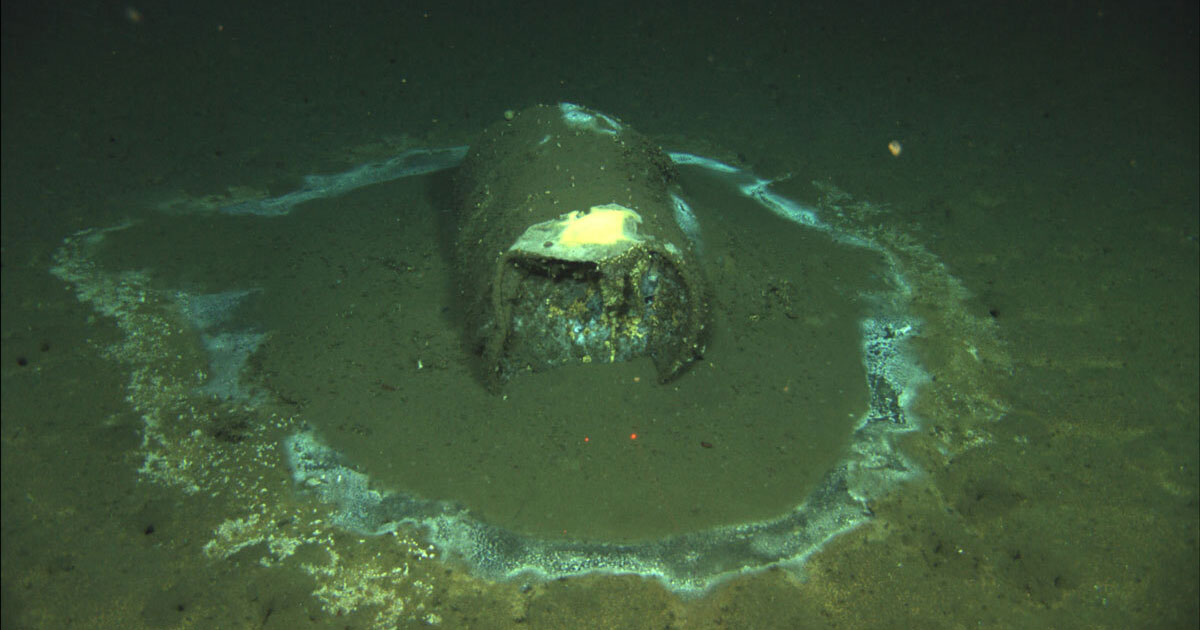 Molly Taft wrote an article about how “Underwater Roombas” are cleaning up DDT that is seeping out of old barrels dumped in the pacific. A large manufacturer of DDT had been dumping the barrels for years and in 2000, after a lawsuit was filed, they found the rumours to be true (Taft, 2021). Starting with Rachel Carson’s Silent Spring in 1962, there was a huge outcry to ban DDT which was successful in the mid-1970s.
Molly Taft wrote an article about how “Underwater Roombas” are cleaning up DDT that is seeping out of old barrels dumped in the pacific. A large manufacturer of DDT had been dumping the barrels for years and in 2000, after a lawsuit was filed, they found the rumours to be true (Taft, 2021). Starting with Rachel Carson’s Silent Spring in 1962, there was a huge outcry to ban DDT which was successful in the mid-1970s.
The reason DDT was banned is because of bioaccumulation. It starts in the water and makes its way up the food chain. Also, it can be found in the environment for 2 to 15 years at least (Taft, 2021). After that it breaks into DDE or DDD. This has negative consequences for both humans and animals. One of the effects DDT has is it deprives birds of calcium. This has been the reason egg shells have thinned down and thus harming bird populations. Finally, it can kill aquatic invertebrate species. Examples are: stoneflies and crayfish.
An accumulation of around half a million barrels has devastated Catalina Island sea life. Scientists have sent down robots equipped with sonar radar to assess the damage these barrels have caused. They’re on a 12-16 week mission to gather data from the biosphere in order to better assess possible solutions.
Although DDT was banned in the 70’s, it’s still in the environment today. It was developed during the 1940s to help both the military and civilians fight insects that carried diseases like malaria and typhus (EPA, 2021). Moreover, it helped protect crops and gardens from insects as well (EPA, 2021). Its success in its intended purpose caused it to be used widespread in the United States. This overuse is the reason it’s still in the environment today even though its illegal. DDT is not naturally occuring so all of it in our ecosystem is because of human use. It comes from people spraying it and companies disposing of it (as noted in Taft’s article).
There is no link between low doses of DDT and adverse health effects in humans (CDC 2017). DDT in high doses, however, can cause vomiting, tremors, and shakiness (CDC, 2017). DDT is a possible human carcinogen (CDC, 2017). Most people are exposed through eating food and touching contaminated surfaces. Because it’s so wide-spread, DDT has been found in infants from their mothers and even breast milk.
Sources
- Taft, Molly(2021).‘’Underwater Roombas’ Help Start Cleanup of Decades-Old Toxic Waste Dump Along California Coast”. Retrieved from: https://earther.gizmodo.com/underwater-roombas-help-start-cleanup-of-decades-old-to-1846457859
- EPA(2021).‘DDT – A Brief History and Status”. Retrieved from: https://www.epa.gov/ingredients-used-pesticide-products/ddt-brief-history-and-status
- CDC(2017). “Dichlorodiphenyltrichloroethane (DDT) Factsheet”. Retrieved from: https://www.cdc.gov/biomonitoring/DDT_FactSheet.html




